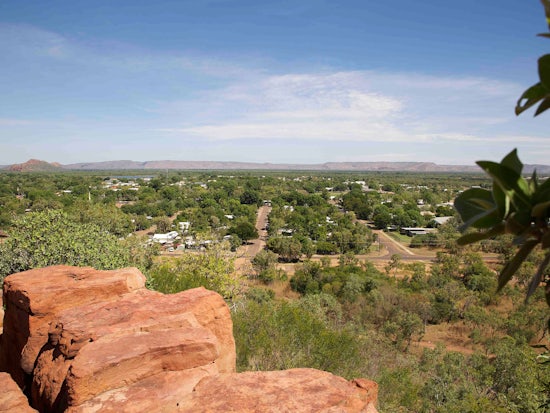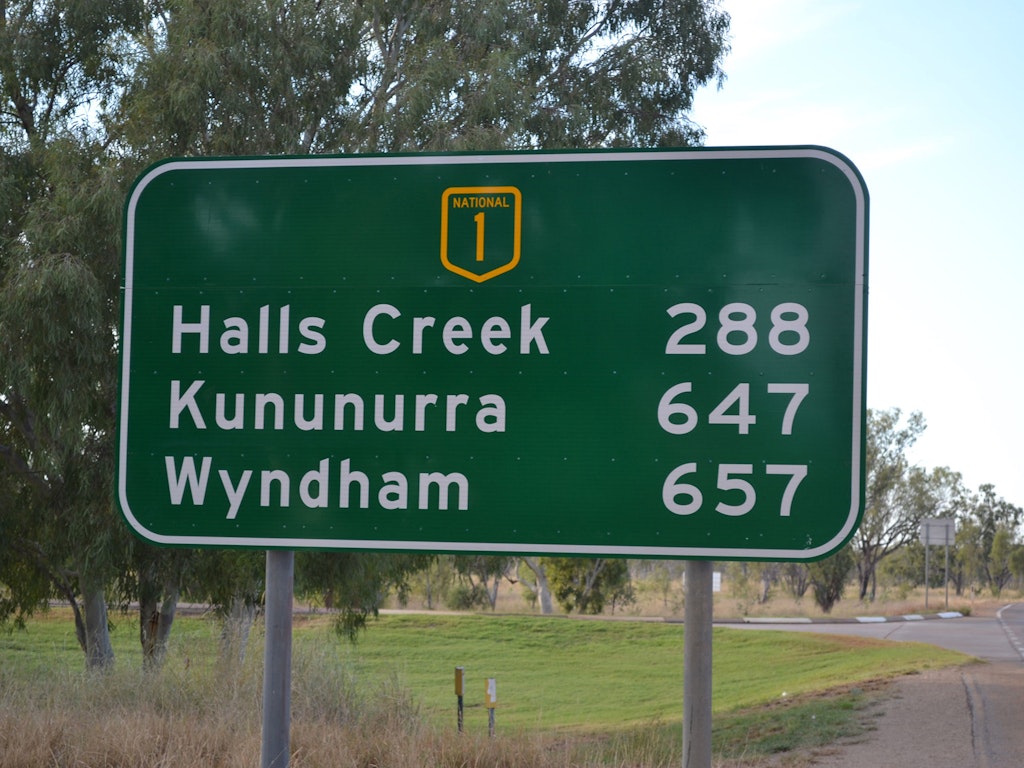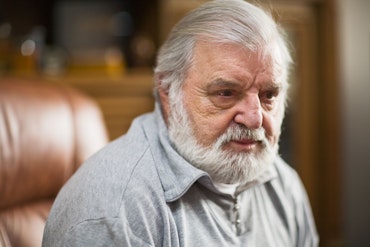An age old problem in rural areas – Part 2
The second part of our three-part series takes a look at the problem of accessing respite and residential aged care services in rural areas.

For older people having to leave their community can be a traumatic experience
When the 24-bed Kalimna Hostel, in Strathalbyn, South Australia closed earlier this year after the building was deemed to be non-compliant with fire safety regulations and the Australian building code, Country Health SA gave residents five weeks to relocate.
They had the option of moving to another provider, there is one other in Strathalbyn or 20 kilometers further in Mount Barker, or move to its other sites in Gumeracha, over 50 kilometers away, Mount Pleasant or Mannum, both located over 65 kilometers from Strathalbyn.
It’s not just traumatic for residents having to leave their community, for families and friends it means more time and money being spent to see the loved one.
Local resident Maria Berry says in her area of country Victoria, there are long waiting lists for respite beds and permanent care into reputable facilities. “Older carers at crisis point are been forced to accept places in a facility they don’t wish to put their partner in,” she says, highlighting this is sometimes quite a distance away which restricts visiting and access.
Respite and residential care providers
A lot of the residential and respite care offered in rural areas is by charities, not-for-profits or private providers.
Not-for-profit Juniper in Western Australia (WA) has been delivering care in rural and regional areas in the southern half of Western Australia, including Geraldton, Northam and Katanning, for several decades. It says it is a ‘relative newcomer to the remote north’ where in 2014 it commenced providing services in Wyndham, Kununurra and Derby, and more recently Fitzroy Crossing.
Chief Executive Vaughan Harding says people who live in remote localities like the Kimberley know well the problems and privations of being a long way from things that city folk take for granted.
“Severe climate and capricious weather, huge distances and isolation, poor roads and high costs for everyday necessities are, for many people, a fair price to pay for living in ‘God’s own country’,” he says.
He says indigenous people who have a deep and enduring spiritual connection to country dominate this landscape, but there are also many non-indigenous people from elsewhere in Australia and overseas who also choose to make remote Australia home.
“The Productivity Commission in their 2011 report ‘Caring for Older Australians’ recognised ‘market failure’ in remote localities and made some recommendations to address the need for sustainable services,” says Mr Harding.
“It has long been the case that not-for-profit community benefit organisations like Juniper are over-represented in rural and remote Australia. This is because they are not primarily motivated by money and are willing to meet community need in areas of marginal viability.
Larger organisations can also use ‘economies of scale’ to sustain their smaller services, but not without financial support in the form of viability supplements to help offset increased operating costs and capital grants to help provide the expensive infrastructure.”
The economies of scale also mean smaller, private aged care service providers can offer extremely competitive prices. Although WA based Country Mile Home Care doesn’t offer full time residential care, it does provide respite care for people living in their own homes. Ann Young, Director of Care Services, feels people think private care will be very expensive, but the reality is, in rural areas, they are a lot cheaper.
However, she also feels some people don’t value the experience and work behind caring for older people. “People enquiring about my services begin by saying there’s not much to do – and then list the medications, number of times they get up in the night, risk of falls and other issues,” she says.
“I’ve had people ask if I can reduce the price by employing a backpacker for their father’s respite care; really, you’d put your father’s care in the hands of an inexperienced backpacker for three weeks?”

Multi-Purpose Service (MPS) programme
While the Government funded Multi-Purpose Service (MPS) programme
does contribute to alleviating some of the issues faced by rural
residents, with it comes other problems. The aim of MPS program is to
provide integrated health and aged care services for small rural and
remote communities.
As with all providers of services in rural areas, they face issues of
staff shortfalls, however one report* suggests, while more nurses are
employed than in an aged care facility, less care staff were. It also
noted, staff are perceived to focus more on medical aspects of care than
social aspects.
Furthermore, with residential facilities now requiring an accommodation payment,
additional strain is put on the rural elderly financially. In some
rural areas, this has resulted in an increase of funding for MPS to
provide new residential places often in direct competition with the
local facility, with people choosing to wait for admission to an MPS
rather than the provider according to another report.**
Paying deposits
Paying for residential aged care isn’t restricted to those living in
rural areas, it is an Australia-wide issue. However, Ms Berry highlights
for many rural and farming families, coming up with payments for aged
care presents different issues. “Farmers are asset wealthy, income poor,
and often have no prior planning and an inability to obtain the
pension,” she says.
The problem is when a partner requires care while the other does not.
“Farms are having to be sold, which is opening up litigation disputes
with siblings disputing inheritance rights,” she says. “And this is
leading to elder abuse.”
Uncertainty
Dr Judith Anderson, Senior Lecturer, School of Nursing, Midwifery and
Indigenous Health, Charles Sturt University also points out there is
uncertainty for rural providers.
“Where a previous government told the
provider the 16 beds would be sustainable, now they’re been told that
it’s not sustainable,” she says. “Every time there is a change in
government, it affects the community.”
Even with additional funding in the form of the Viability Supplement
for providers and MPSs’ and other funding, Mr Harding says the quantum
of services in many communities is often not sufficient. “Many people are forced to relocate to larger regional centres or even metropolitan locations when they can no longer access the supports they need in their home town,” he says.
*Henderson et al. 2016
**Keast, 2016; Henderson et al. 2016











![The new Aged Care Act exposure draft is slated for release in December of 2023, but advocates hope to see it rolled out on January 1, 2024. [Source: Shutterstock]](https://agedcareguide-assets.imgix.net/news/articles/wp/agedcareact__0811.jpg?fm=pjpg&w=520&format=auto&q=65)












Comments